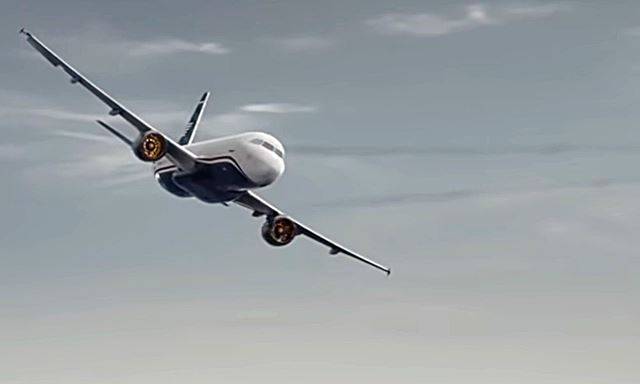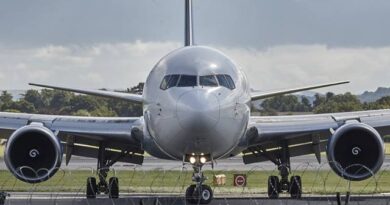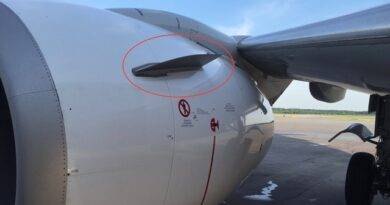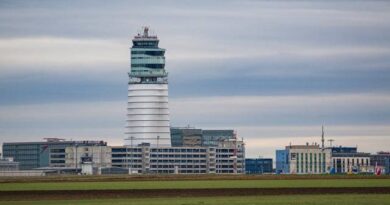Newton’s Laws of Motion and Aviation
Newton’s laws of motion are the fundamental principles governing the movement of objects in the physical world. These laws are applicable in various fields of science, including aviation, where they play a critical role in designing aircraft and understanding flight dynamics.
In this article, we’ll take a closer look at Newton’s three laws of motion and their applications in aviation.
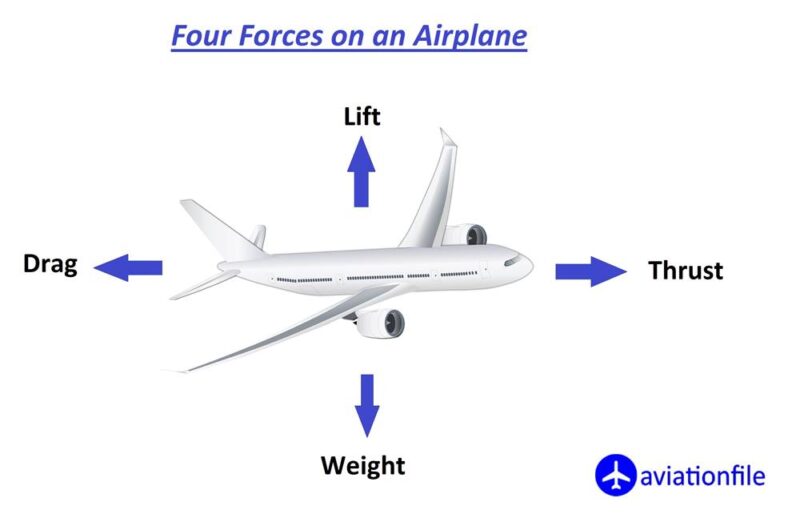
Newton’s First Law: Law of Inertia
The first law of motion states that an object at rest will remain at rest, and an object in motion will continue moving at a constant velocity unless acted upon by an external force. This is known as the law of inertia.
In aviation, this law is crucial in determining an aircraft’s stability and the forces acting on it during flight. For example, when an aircraft is in flight, it continues to move at a constant velocity due to the thrust generated by its engines. Any change in velocity or direction requires an external force, such as the pilot’s control inputs, to overcome the aircraft’s inertia.
Newton’s Second Law: Law of Acceleration
The second law of motion states that the acceleration of an object is directly proportional to the force applied to it and inversely proportional to its mass. This is expressed mathematically as F = ma, where F is the force applied, m is the mass of the object, and a is the acceleration produced.
In aviation, this law is crucial in understanding the forces acting on an aircraft during takeoff, climb, cruise, and landing. For example, during takeoff, the engines generate thrust, which produces a force that accelerates the aircraft forward. The acceleration produced is directly proportional to the force generated by the engines and inversely proportional to the aircraft’s mass.
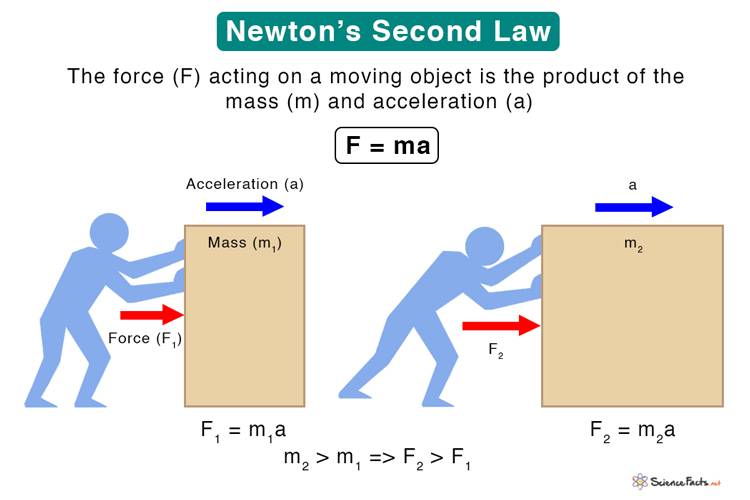
Newton’s Third Law: Law of Action-Reaction
The third law of motion states that for every action, there is an equal and opposite reaction. This means that when one object exerts a force on another, the second object exerts an equal and opposite force on the first object.
In aviation, this law is crucial in understanding the aerodynamic forces acting on an aircraft during flight. For example, as an aircraft moves through the air, it creates a downward force on the air molecules below it, which, in turn, creates an equal and opposite force that lifts the aircraft upward. This is known as lift, and it is the force that allows an aircraft to fly.
In conclusion, Newton’s laws of motion play a crucial role in aviation by helping us understand the forces acting on an aircraft during flight. These laws are essential in designing aircraft, predicting their performance, and ensuring their safety. By understanding these laws, pilots and engineers can create safer and more efficient aircraft that can take us to new heights.
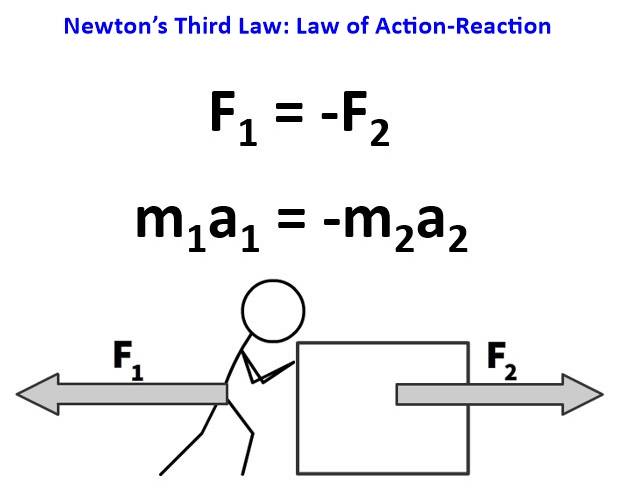
References:
- Physics Classroom. (n.d.). Newton’s Laws – The Physics Classroom. Retrieved March 10, 2023, from https://www.physicsclassroom.com/class/newtlaws/
- NASA. (n.d.). Newton’s Laws of Motion. Retrieved March 10, 2023, from https://www.grc.nasa.gov/www/k-12/airplane/newton.html
